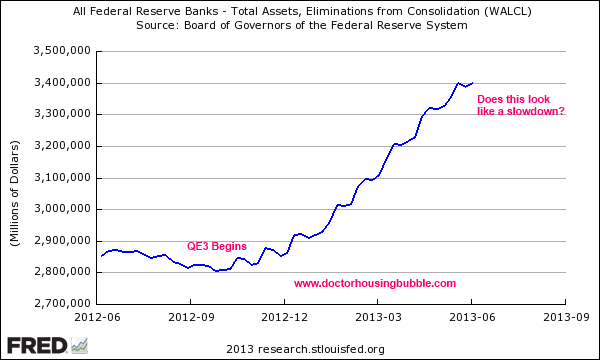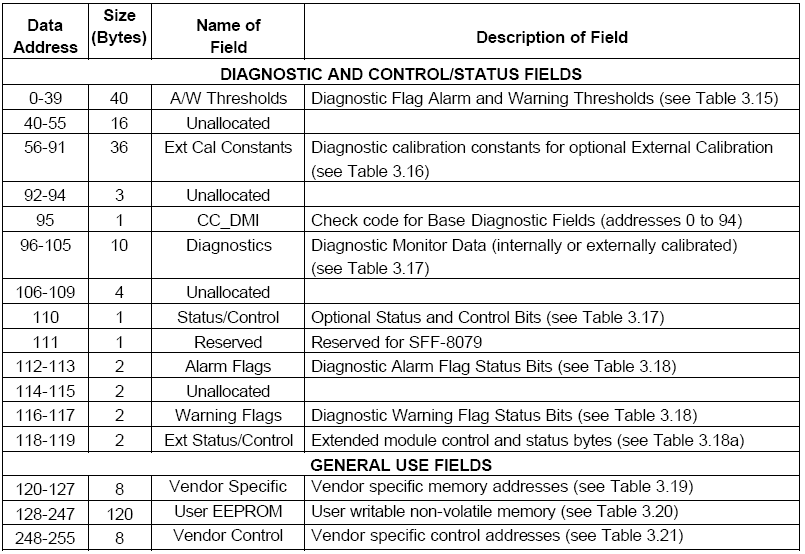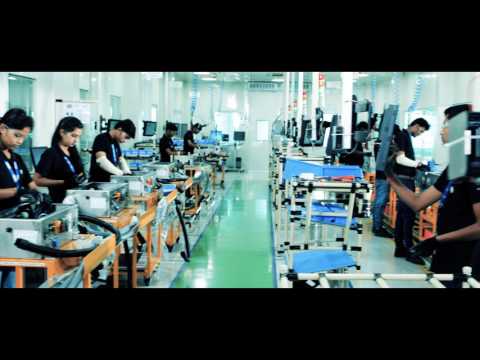Fixed Assets: Definition, Examples, and Types in a Business 2023

If a company is unable to buy PP&E out of its own resources, it has two options. In this scenario, the PP&E is considered a fixed asset but the financing is a liability. Second, it can rent, hire or lease the PP&E – it this case the business does not have a fixed asset, but retains the liability of the financing. How a business depreciates an asset can cause its book value (the asset value that appears on the balance sheet) to differ from the current market value (CMV) at which the asset could sell.
Overlooking probabilistic mapping renders urban flood risk … – Nature.com
Overlooking probabilistic mapping renders urban flood risk ….
Posted: Fri, 04 Aug 2023 18:35:50 GMT [source]
As part of the move into your new bakery, you bought a couple of large ovens, refrigerators, and other pieces of baking equipment. In the new building, you had room to store more flour, sugar, eggs, and other baking supplies. For example, if a company’s competitors have ratios of 2.25, 2.5 and 3, the company’s ratio of 3.75 is high compared with its rivals. Fixed assets can be an important part of a company’s success, but they should be carefully chosen to ensure that they are the right fit for the company’s needs. ● Infrastructure – This can include any type of infrastructure that is used by your business, such as roads or bridges.
Financial planning & analysis
Depreciation begins one month after a fixed asset is placed into service and continues until an item is fully depreciated or disposed of either through salvage or sale. Depreciation is deducted from gross profit on the income statement, thereby reducing gross taxable income for the business. It is used to determine how successfully a company generates sales from its fixed assets. It is most useful among companies that require a large capital investment to conduct business, like manufacturers.
These experts collect the assets’ information and their depreciation rate and establish their reports using them. The three primary types of assets are cash and cash equivalents, accounts receivable, and inventory. The first two are considered liquid assets, because they can be quickly converted to cash. They can be things like land, buildings, vehicles, or machinery.

Not only does it require long hours, heavy responsibility, and a lot of hope, but owning your own business also comes with more costs than you can imagine. With a little bit of time, however, many businesses are able to grow to the point of stability and profit. After early years of nothing give two examples of fixed assets but debt and hard work, the moment that a business owner discovers they are making money can be absolutely momentous. Profits may outweigh costs and, with luck, assets can outnumber debts. Now that you know what fixed assets are, you might be wondering what they are used for.
Business development
That’s because a company needs physical assets to produce its goods and/or services. Fixed assets are usually tangible assets, and they generally fall under the Property, Plant, or Equipment (PPE) categories on a balance sheet. With the exception of land, fixed assets are depreciated over the length of their useful lives. Fixed assets are important because they can provide a company with a source of income or a way to create jobs. They also have the potential to appreciate in value over time, which can provide a company with additional funds in the future.
In the context of business, the most obvious example of a non-depreciable asset is land. Buildings, by contrast, can be depreciated (providing they are owned rather than rented or leased). Most businesses buy assets because they need them for their operations, which means they only have value to the business for as long as they can be used. Businesses know how long this is likely to be when they buy them. They, therefore, reduce the book value of the fixed asset each year over its lifecycle.
Non-depreciable fixed assets
Based on the type of business a company is engaged in, it may own more fixed assets. For instance, a construction company will likely own a considerable number of fixed assets in construction equipment that will be used over the course of many years. Other businesses, like a home business that generates crocheted blankets, will require next to no fixed assets. The main difference between fixed assets and current assets is that fixed assets are not easily converted into cash, while current assets are. This means that businesses must carefully consider whether they need a fixed asset before investing in one. Additionally, businesses must also factor in the costs of maintaining and repairing fixed assets over time.

There are some loan products and lines of credit that allow you to borrow against fixed assets as collateral. These can be helpful for smaller businesses whose cash flow might not be enough to support a traditional loan approval. As far as accounting concepts go, fixed assets are relatively simple. Farmers need tractors, landscapers need trucks, and as discussed above, restaurants need ovens. Most businesses, regardless of size, require some amount of Property, Plant, and Equipment to operate.
Fixed assets are tangible assets that a business expects to own for more than a year. Non-current assets are intangible assets that a business also expects to own for more than a year. Current assets are those a business expects to own for at most a year.
Understanding Fixed Assets
These items are often large, may be expensive, and are not easily sold or turned into cash. They are items that have value but are not sold regularly as part of doing business. Apart from being used to help a business generate revenue, they are closely looked at by investors when deciding whether to invest in a company.
Sign up for Shopify’s free trial to access all of the tools and services you need to start, run, and grow your business. Try Shopify for free, and explore all the tools and services you need to start, run, and grow your business. Sign up for a demo today and see how FullCircl empowers your business to attract ideal customers, streamline onboarding, and foster lasting relationships. ● Land – This is the property on which your business is located.
Fixed assets are non-current assets on a company’s balance sheet and cannot be easily converted into cash. These fixed asset accounts are usually aggregated into a single line item when reporting them in the balance sheet. This fixed assets line item is paired with an accumulated depreciation contra account to reveal the net amount of fixed assets on the books of the reporting entity. If the laptop is being used in a company’s operations to generate income, such as by an employee who uses it to perform their job, it may be considered a fixed asset. In this case, the laptop would be recorded on the company’s balance sheet as property, plant, and equipment (PP&E).
- Current assets are typically liquid, which means they can be converted into cash in less than a year.
- While the business does not own that asset, leased assets act as fixed assets.
- Try Shopify for free, and explore all the tools and services you need to start, run, and grow your business.
- Modern rules of accounting are followed for recording assets in the books of accounts of an organization.
Fixed assets are imperative in determining the profitability of a company. There are not immediately converted into money, and they assist companies in achieving their objectives. Fixed assets are of two types, tangible and intangible assets. Fixed assets can be identified based on their durability, benefits, and liquidity.
Featured Products
Fixed assets are properties that are bought for long-term use for the generation of income. These are assets that are not likely converted into cash for a long time. It is vital to note that though selling or buying fixed assets is tedious, the transactions that involve these assets represent the inflow and outflow of money in a company.
While they may not have a physical form, they can be critical to a company’s success and should be carefully managed and accounted for. A fixed asset is anything that a business acquires that lasts for more than one year with the intention of helping the business achieve its goals. Examples include machines, motor vehicles, equipment, and buildings, among others. Easily add, change, dispose or transfer fixed assets for your business or your clients. Our templates allow you to input key information about your assets, such as the purchase price, expected lifespan, and depreciation schedule.
Fixed assets are vital for companies and organizations in realizing their objectives. These assets assist organizations in producing more products and services for their clients, hence increasing profits. Also, the information about a company’s assets bolsters the value of the company in financial analyses, since fixed assets help in providing appropriate business valuations. The five main types of fixed assets are land, buildings, infrastructure, equipment, and machinery.
 91total visits,2visits today
91total visits,2visits today